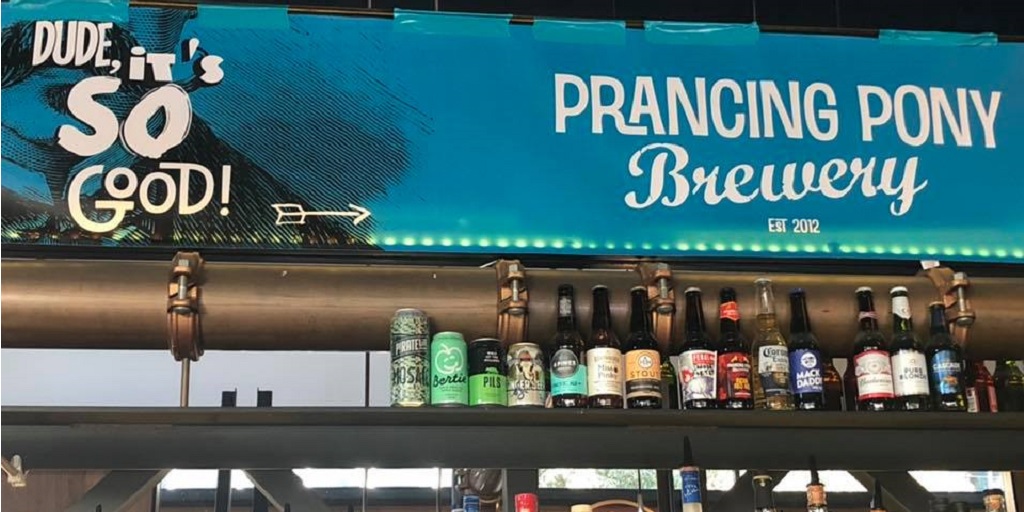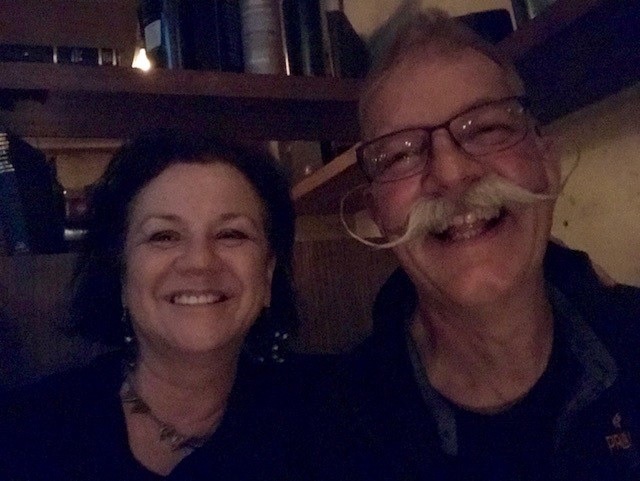
Scalable growth on the agenda for Prancing Pony

Corinna Steeb, co-founder and CEO of Adelaide Hills-based Prancing Pony Brewery told the crowd at IBA’s BrewCon 2019 that it had been a rocky road to become a brewery that now exports to countries as far apart as the UK and Malaysia.
“Right from the start when we set up we wanted to be a national brewery,” explained Steeb at her talk, Managing Expansion – Too big to be niche? yesterday.
This meant that scaling up was the aim from the get-go. The Prancing Pony team received state funding of $250,000 in 2016 to help upgrade its bottling line. It also meant Steeb and husband, head brewer and fellow Prancing Pony co-founder Frank Samson had their eye on marketing and developing their brand in the long term.
“This is what we saw right from the start as one of the unique points of difference between independent beer and the big guys. We can tell a story, be authentic and take people on the particular journey that is ours.”
However their growth has not come without the inevitable rumours, like those that surrounded Green Beacon for years before it was eventually purchased by Asahi last month.
“Rumours started, and [according to them] we should have been sold eight times by now.
“We were perceived to be a little bit too large they said we were raking it in, but people don’t see the upfront costs, especially when you run a hospitality venue.”
Growth has come with other, more practical rather than reputational challenges for the Prancing Pony Brewery.
“[After investing in bottles] came what we called the ‘beer can tsunami’. We’d made the decision to have our products in bottle, then all of a sudden we were faced with [the rise of] cans.”
Adapting to this, Prancing Pony gave a little on the packaging front.
“We got a canning line last month and we will be moving some of our products to cans – not because we think it’s better in cans but because the market demands cans,” Steeb explained.
The business of brewing
Steeb explained to the audience the financial lifecycle of a brewery business, the ‘Valley of Death’ when initial capital has been exhausted with the inevitable startup costs when sales are still taking off.
“[Once you get through this stage] you get a bit of confidence, you go hard and buy a bigger brewhouse and nicer equipment, then you go into growth strategy – you might get private equity funding, have bank debt to draw on, or use another vehicle from the bank.
“If you can get over that phase then you can look at sustainable growth.”
Steeb said the Prancing Pony is independently owned but with some shareholders – mainly friends and family. She said that every brewery should have an idea of its business and investment model, and act accordingly, whether they were doing for distribution, a multiple-site, BrewDog-style model, or a hyperlocal brewpub.

There was also a question of culture, especially when it came to opening multiple venues.
“Is your marketing story told better in the second taproom, or is there another culture being created there [that’s different from your original site]?”
Steeb said that there are also lots of hidden costs in the sales and marketing operations of breweries, particularly those with venues.
Everything from free products and merchandise, happy hours and deals, the cost of attendance at festivals, awards and a conferences, as well as digital platforms, trademarking and branding.
“A good budget and disciplined reporting [is key] – and look at your figures at least weekly,” she advised.
When reporting on performance, Steeb said the best way forward is to always be honest, even if things aren’t looking great.
“We have obligations to our shareholders, they trust you with their money and you need to communicate openly about the state of your business if you’re going through a difficult period,” she said.
Export
One of the hallmarks of Prancing Pony’s success has been its export strategy.
“We’re doing export because number one I love it and I’ve done it before in previous work, and [secondly] it’s good for our cash flow,” Steeb explained.
She said that one of the main things to know about when exporting was incoterms, which are a set of rules which lay out the responsibilities of sellers and buyers for the delivery of goods under sales contracts.
“You need to understand from what point you’ll be relieved from costing structure,” she explained.
“But you also got to understand the culture of the export country. The customer is a customer and it doesn’t matter where they are.
“If I have a customer in China I will have to give them the same service as one just around the corner.”
Growth story
The Prancing Pony Brewery is independently owned medium-sized production brewery and restaurant which now employs 24 people, but its humble beginnings came from the co-owners’ love of beer, and an episode where Samson ruined a stove homebrewing and was relegated to the shed.
Starting as a 10hL brewhouse which could accommodate 25 people seated in a taproom, attending festivals with a little van as a marketing tool, Prancing Pony has come a long way.
With only around 132 breweries when Prancing Pony was launched, it was a very different market, and in 2015 Steeb and Samson decided to upgrade and move to new premises.
“We invested to get ahead of the curve, our 10hL brewhouse was approaching maximum capacity, so we brought new brewing equipment in.”
Steeb said that the restaurant has now become popular with visitors, helped by its proximity to historical attraction Hahndorf in the Adelaide Hills.
“We have now become a tourism destination ourselves,” she said.
The Prancing Pony brewery is open at 42 Mount Barker Rd, Totness SA 5250.



